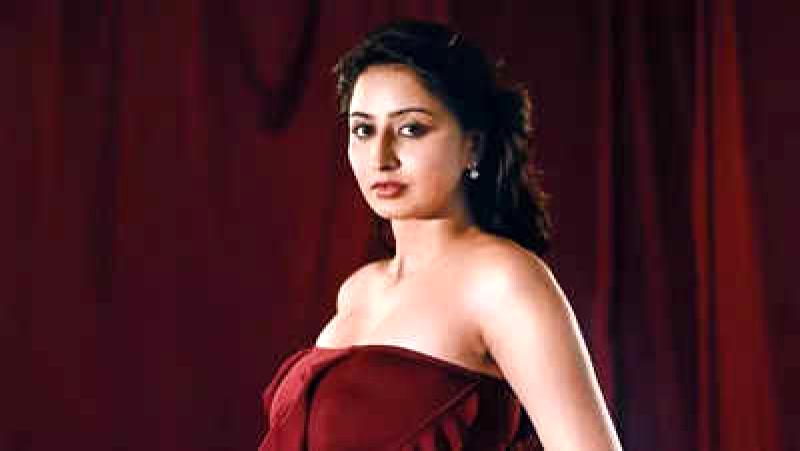
Women in the Kannada film industry, often portrayed as 'sheroes' on screen, are facing challenges in asserting themselves off-screen. Despite garnering attention and appreciation for their on-screen performances and appearance, female professionals involved in behind-the-scenes work struggle to access basic amenities on film sets, such as washrooms. The issue of pay disparity is also prevalent, highlighting the need for industry-wide changes. Over the past decade, there has been a significant increase in the number of women working on film sets, ranging from stylists to cinematographers. However, the industry's infrastructure and practices predominantly cater to men, prompting discussions on the importance of inclusivity.
Many women face everyday sexism in their jobs, leading some to adapt to the circumstances while others opt to work independently. Female technicians, such as makeup artists, often encounter challenges within a patriarchal system that favors male counterparts, known as 'make-up dadas.' The makeup industry and associations are male-dominated, with women facing discrimination and lower pay compared to their male colleagues. Despite the demand for female makeup artists by lead actresses, they are often required to work alongside male counterparts, creating uncomfortable situations and limited opportunities for professional growth.Actresses like Vydurya Lokesh, who is a make-up artist, are often only considered for smaller projects, according to a screenplay writer. When presenting a script to producers, the question that always comes up is whether it is a women-centric film. There is a prevailing belief that women are only suited for certain types of films - typically low-budget or artsy ones. Producers often assign stereotypical genres to women, and breaking free from these expectations is met with resistance under the guise of audience acceptance. Some industry practices also reflect gender bias, such as favoring male assistants over female crew members or doubting the credibility of women directors. It is clear that there needs to be a significant shift within the industry to address these systemic issues, as highlighted by screenwriter and associate director Manasa Sharma. The need for basic amenities, such as access to appropriate facilities during shoots, is often overlooked for women in roles like styling. Despite some progress towards inclusivity in the industry, there is still a lack of consideration for the essential needs of female professionals. Stylists like Tejaswini Anjan Kumar highlight the challenges they face while working on sets and the reluctance of some actresses to advocate for better working conditions for fear of repercussions."We require an increase in female representation and voices to be heard, particularly in the entertainment industry. The gender disparity is evident in the lack of dialogue for women in films, resulting in fewer opportunities for female dubbing artists compared to their male counterparts. The absence of women-centric films and solo songs featuring women highlights the need for more diverse and prominent female voices in the industry. Singer and voiceover artiste Sparsha RK emphasizes the importance of having more women's voices showcased onscreen."











